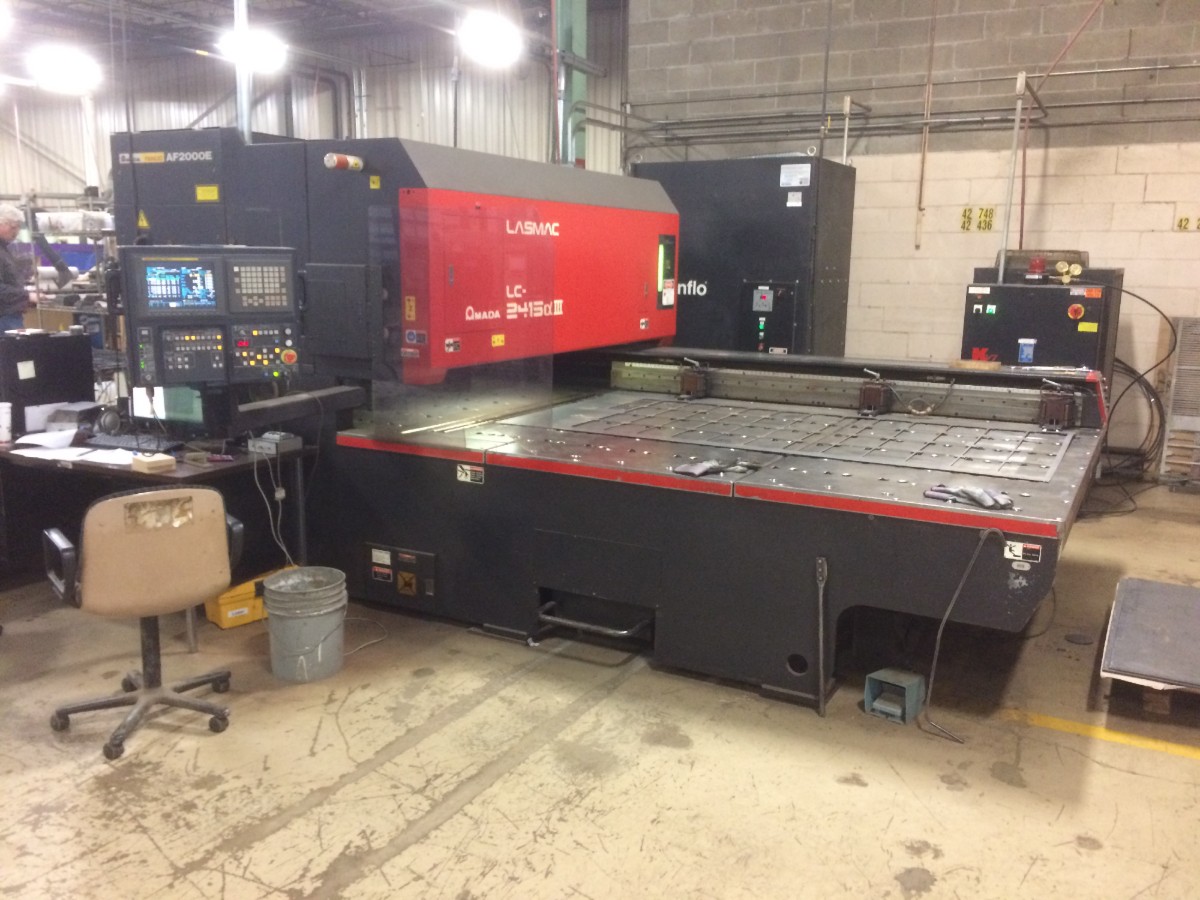
Do I need a Permit for my Metal Welding or Cutting Facility?
Permit applicability will depend on several factors including: the type of welding or cutting, amount of welding rod used, and air pollution controls. A Permit to Construct is required for any stationary welding, plasma cutting, or laser cutting facility that emits or proposes to emit greater than five (5) tons of all air contaminants combined, or individual Hazardous Air Contaminants in excess of their respective Action Level found in Appendix C of the Regulations. Welding operations may emit several air pollutants including: oxides of nitrogen (NOx), carbon monoxide (CO), cadmium, copper, chromium, chromium (VI), manganese, nickel, lead, zinc, and fluorides. Welding and cutting operations that do not consume electrodes, such as submerged arc welding, arc spot welding, braze welding, electron beam welding, and laser welding, are not reasonably quantifiable and therefore would not require a Permit. Operations that utilize stainless steel welding rod will require a Permit regardless of size. Applicants are encouraged to contact the AQCD Permits and Engineering section before performing metal cutting or welding of any size.
How do I know if my emissions exceed 5 tons or an Action Level?
In general, the quantity of particulate emissions from metal welding and cutting will be the same composition as the welding rod consumed or metal being cut. A review of Safety Data Sheets, quantity of material welded or cut, and air pollution controls will be needed to estimate total emissions and determine if toxic metal fumes exceed an Action Level. The AQCD maintains a list of consultants that can help applicants evaluate the need for a Permit. The federal US EPA has also published emission factors for arc welding (AP-42 Chapter 12.19) that can be used to assist in estimating emissions from your welding operation.
What Requirements Exist for Metal Welding or Cutting Facilities?
Regardless of the size of your metal cutting or welding operation, adequate filtration and ventilation must be achieved to minimize exposure to metal welding or cutting fumes. In most cases, a High-Efficiency Particulate Arrestance (HEPA) filter or a filter with a Minimum Efficiency Reporting Value (MERV) rating of 15+ will be required.
Federal Regulations - Part 63 Subpart XXXXXX
This regulation applies to facility primarily engaged in one of the nine source categories identified by the subpart including but not limited to welding, and metal fabrication that emit metal fabrication hazardous air pollutants (MFHAP), defined to be compounds of cadmium, chromium, lead, manganese, and nickel, or any of these metals in the elemental form with the exception of lead. Materials that contain MFHAP are defined to be materials that contain greater than 0.1 percent for carcinogens, as defined by OSHA at 29 CFR 1910.1200(d)(4), and greater than 1.0 percent for noncarcinogens. Since Vermont has not taken delegation of this federal regulation, the US EPA is responsible for determining applicability.
What Do I Need to do to Obtain an Air Permit?
A Permit to Construct application must be submitted with the appropriate application fee to the AQCD. This would be required before the applicant can commence construction on, or operation of, a metal welding or cutting facility with greater than 5 tons of emissions annually. Please refer to our Permit to Construct Application Guidance webpage for more information.
What other permits or requirements may be applicable to my project?
The Department of Environmental Conservation Environmental Assistance Office provides permit assistance through the Permit Navigator tool. The Permit Navigator can help you identify what environmental permits you may need for a project on a single parcel. If you have a linear, polygon, or multi-parcel project, contact a Community Assistance Specialist to get started.
